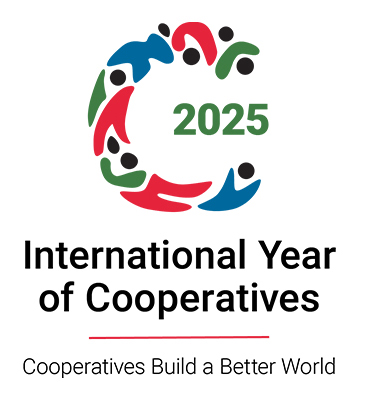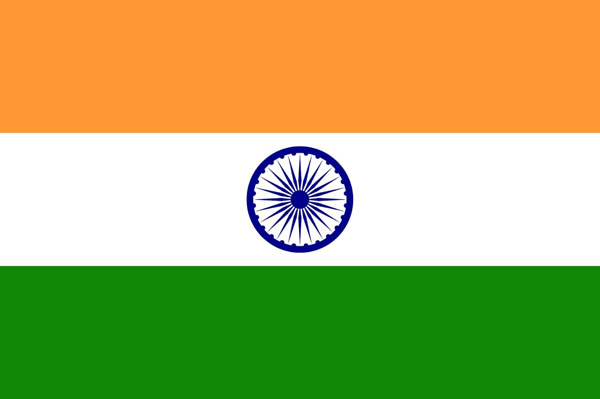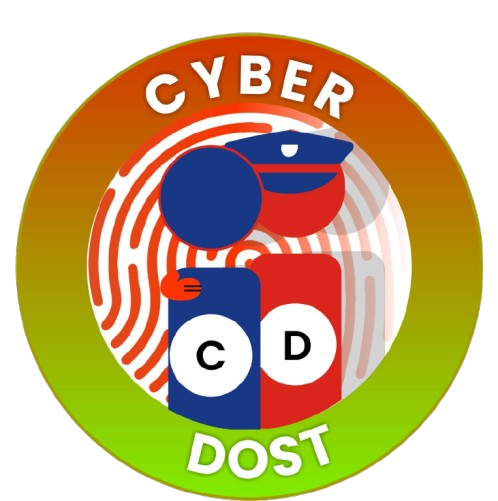Filter
If after examining the patient in the OPD there is need for a surgicalintervention, then investigations (blood, urine, chest X ray, ECG etc)are advised and a pre-anaesthetic check up done. Patients are given adate for admission for surgery after pre anaesthetic clearance. Most oforthopaedic surgeries require blood transfusion, hence blood donationsare to be done prior to an elective surgery.
Some examples of the common ailments are :
- Injuries to the limbs and back (soft tissue injuries like sprains andstrains, knee injuries due to meniscal tears etc) and bony injurieslike fractures and dislocations.
- Deformities since birth (Congenital deformities) like club foot andother anomalies of limbs. Limb deformities following fractures (eg.cubitus varus). Deformities due to rickets (Vitamin D deficiency) likebowed legs, knock knees. Deformities of the hand and foot requiringtendon transfers etc And nerve repairs.
- Bone and Joint infections like septic arthritis (pain and swelling ofjoints with fever), osteomyelitis, non healing wounds with persistentdischarge from sinuses. Tuberculosis of the joints or spine with /without weakness of limbs (paraplegia / quadriplegia).
- Joint pains and swellings (rheumatoid arthritis) , stiffness of backand hips (ankylosing spondylitis). Joint replacements in such patients.
- Joint pains in elderly especially knee pain and stiffness due toosteoarthritis . Back and neck pain in elderly ( cervical or lumbarspondylitis / spondylosis)
- Diffuse back pain (with / without round back) in elderly due to osteoporosis.
- Back deformities (kyphosis / scoliosis)
- Bone Tumours (slowly growing - benign or rapidly growing -malignant tumours) with / without associated fractures.
OPD timings are from 9am to 4pm on all working days, that is excludingSundays and Public holidays. However Registration for the OPD is from9am to 11am but due to excessive rush the queue for the registrationoften starts from 8 am. After the Registration, a number is allotted .All patients visiting the OPD for the first time (New Cases) areexamined in Room No 68. Those who come for follow up (Old Cases) areexamined in Room No 69 and 70 in the sequence of the Registrationnumber allotted.
In case of acute injuries including fractures occurring on the sameday, the orthopaedic emergency is open 24 hours throughout the year. incase of old injuries, chronic problems and other disorders metioned inquestion No 3, patients have to attend the OPD (Out Patient Department)of LNJP Hospital , which is opposite the main gate of GB Pant Hospital,New Delhi.


 Lok Nayak Hospital
Lok Nayak Hospital 


